Face mask innovation in the US

As the number of confirmed cases continue to rise globally – the US alone having 928,619 cases as of April 25 – the demand for medical supplies and personal protective equipment (PPE) has also risen dramatically.
Drones in Healthcare
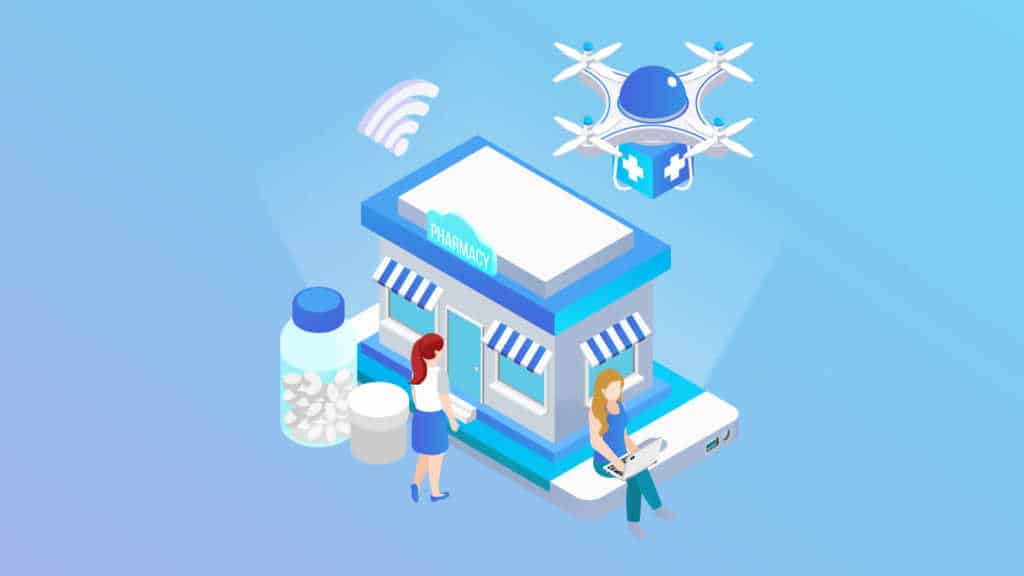
As the COVID-19 pandemic spreads worldwide and the number of affected individuals continues to grow, the race is on to find a cure for the novel coronavirus. COVID-19 is a strain from the coronavirus family that causes illness from as mild as the common cold to more severe cases such as pneumonia, severe acute respiratory syndrome, kidney failure, and to the most extreme case, death.
Magic Leap’s Little-Known Side: Focus on Healthcare
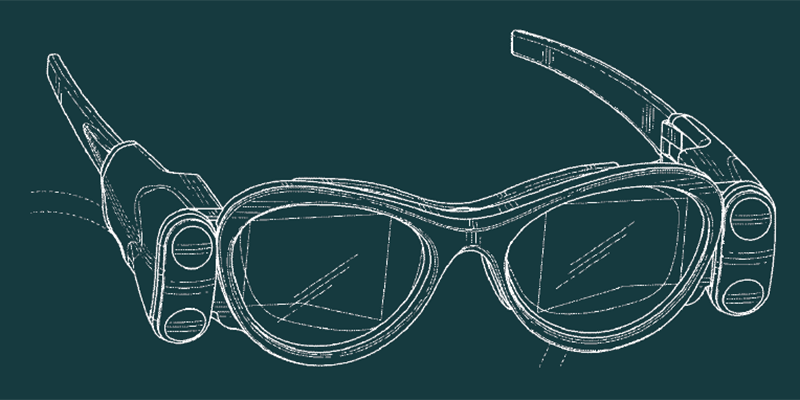
After announcing its first commercial product prototype last December 2017, Magic Leap was reported to have finally begun shipping its augmented reality (AR) headsets to a select group of software developers by the end of March this year. More than a week earlier, it also released its software development kit (SDK) to developers. The SDK is designed for its operating system called Lumin OS.3
Google’s US9848780 and Amazon’s US9750420: Subtle Moves Towards Tech’s Big Healthcare Push

We present in this analysis a comparison between two patents issued to Google and Amazon Technologies, Inc. that relate to non-contact systems and methods for physiological parameter (e.g., heart rate) measurement. The two patents were granted relatively recently, with both their effective filing and grant dates being only within about four months from each other.
At the Crossroads: Issues and Challenges in US Healthcare
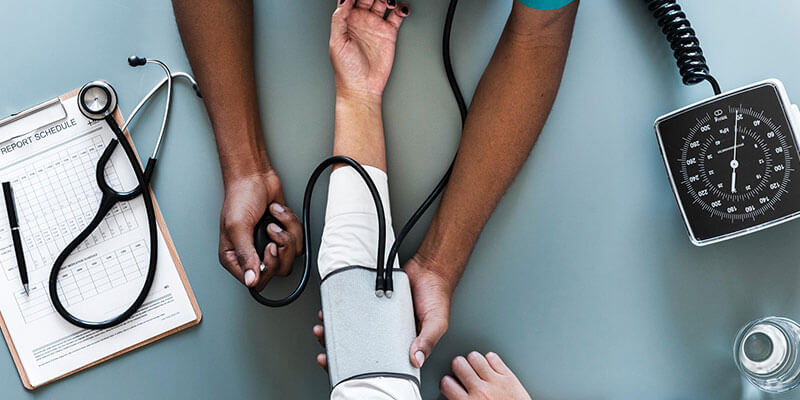
Part of what makes the healthcare industry massive and daunting from a business standpoint is the industry stakeholders’ being not just your typical buyer-seller-supplier combo. The several enormous healthcare industry segments include patients, providers (e.g., hospitals, labs), prescribers (e.g., physicians, clinics and pharmacy clinics), pharmacy, pharmaceutical and medical equipment manufacturers, regulators, and payers (e.g., Medicare and insurance companies). Several of these segments represent separate immense industries on their own (e.g., drug, insurance, and medical device industries). On top of this, federal and state laws and regulations impose strict requirements regarding what can be sold, how products are to be evaluated, who is going to pay for which services, who is eligible for which benefits, who can practice where, etc.
Top Tech Version_2018: Promises and Challenges
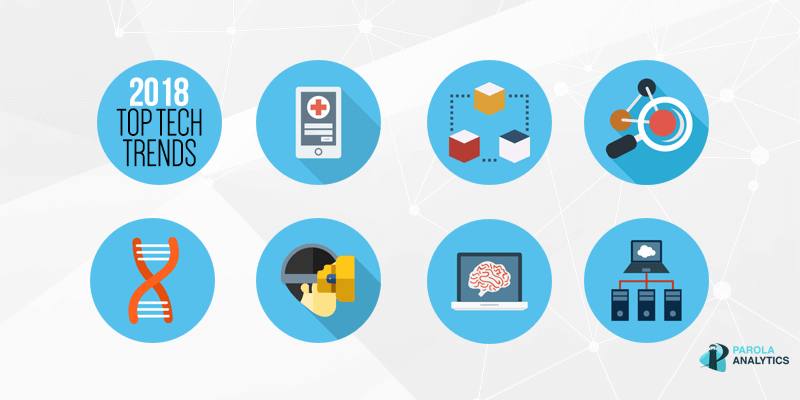
These are heady times. The recent years have been very productive in terms of scientific and technological advance. After so many decades, we’re no longer talking about the ascendance or preeminence of just one field such as biology, physics, chemistry, computer science, or engineering. Everything is now more tightly interwoven and interdependent. An advance in one field is almost certain to push other fields forward in significant ways.
Making the Paper-to-Digital Shift: Improving Healthcare with EHRs

The United States spends more than any other country on healthcare per person. In 2015, it spent $3.2 trillion in healthcare. By 2025, it will spend about 19.8% of GDP towards healthcare.[1] Despite this, the US is behind other developed nations in healthcare services. Compared to other developed countries, the US still lacks universal health […]
Taming the healthcare data tsunami with predictive analytics
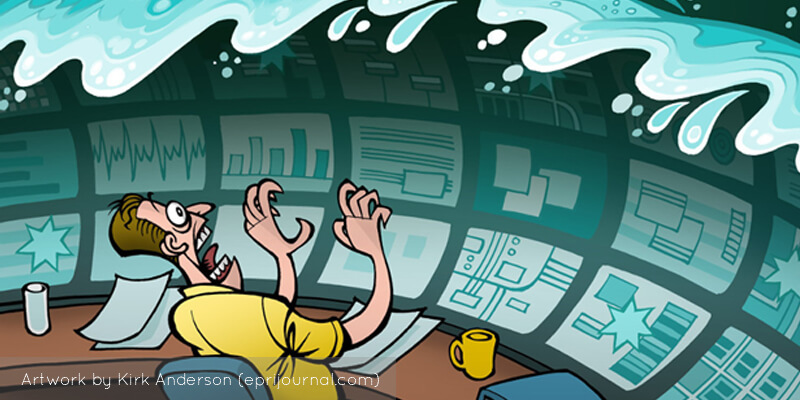
We are now inundated with a tsunami of data–a metaphor used by many to refer to the speed and quantity of data being generated. The healthcare industry is a key contributor to this data tsunami. Healthcare data is estimated at 500 petabytes in 2012 and is expected to skyrocket to 25,000 petabytes by 2020. This […]
Electronic Health Records: US Patent Activity Overview 2006-2016
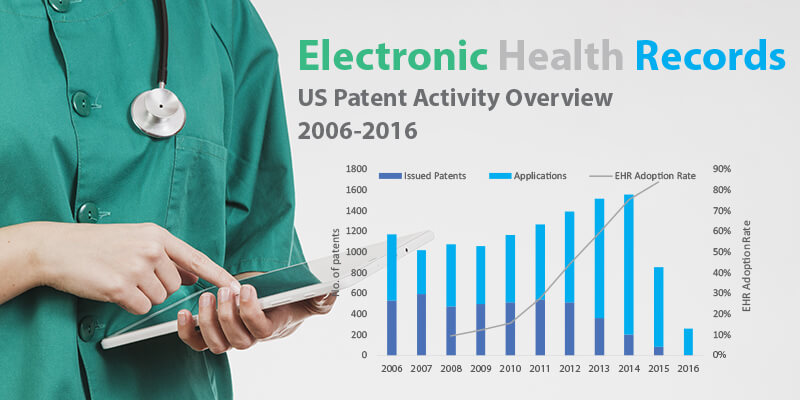
Electronic health records (EHR) have been designed to enable efficient distribution and compilation of healthcare data. EHR is a functional counterpart of all separate physical documents stored for every care-related protocol and clinical event of a patient (including registration, medical history, vital signs monitoring, and laboratory results). With EHR, healthcare providers can easily access and […]
